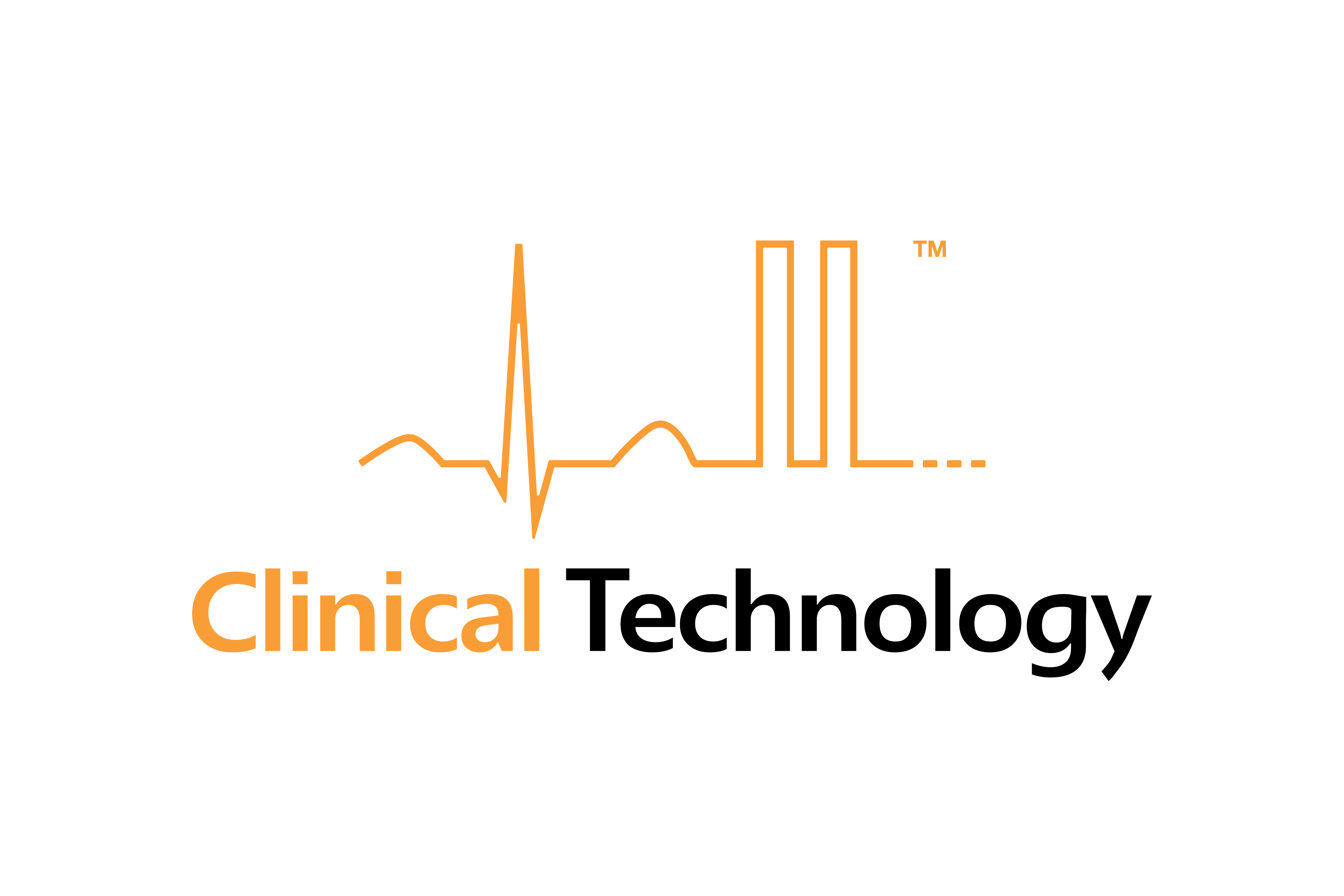PICSI (Physiological Intuitive Computer System Interface) is a small, wearable, physiological acquisition system that can be used to acquire high resolution, multiple-parameter, real-time, physiological data including waveforms and parameter data. It was designed as a headless, remote patient monitor with only acquisition but no alarm capabilities. It was designed to specifically stream vital sign information including 12-lead ECG to the cloud for consumption by a predictive AI algorithm in the cloud.
The original consulting request came for a hemodynamic monitoring system similar to a Schiller PB2000, which was/is a vital sign ‘brick’ with 12-lead ECG, 4 invasive pressures, 2 temperatures, non-invasive BP, and oxygen perfusion. The device communicated over a 4G LTE connection to the cloud and also had Bluetooth and BTLE capabilities. The concept was that or a remote patient monitor (RPM), but also headless acquisition device in order to do remote clinical testing. Because of its unique diagnostic-quality architecture, the device would be able to provide the same level of diagnostic quality of a clinical device.
What is diagnostic-quality? Well, for one the device is able to capture 12-lead ECG at a sampling rate of 500 samples per second (SPS or Hz), with a CMRR > 86.

